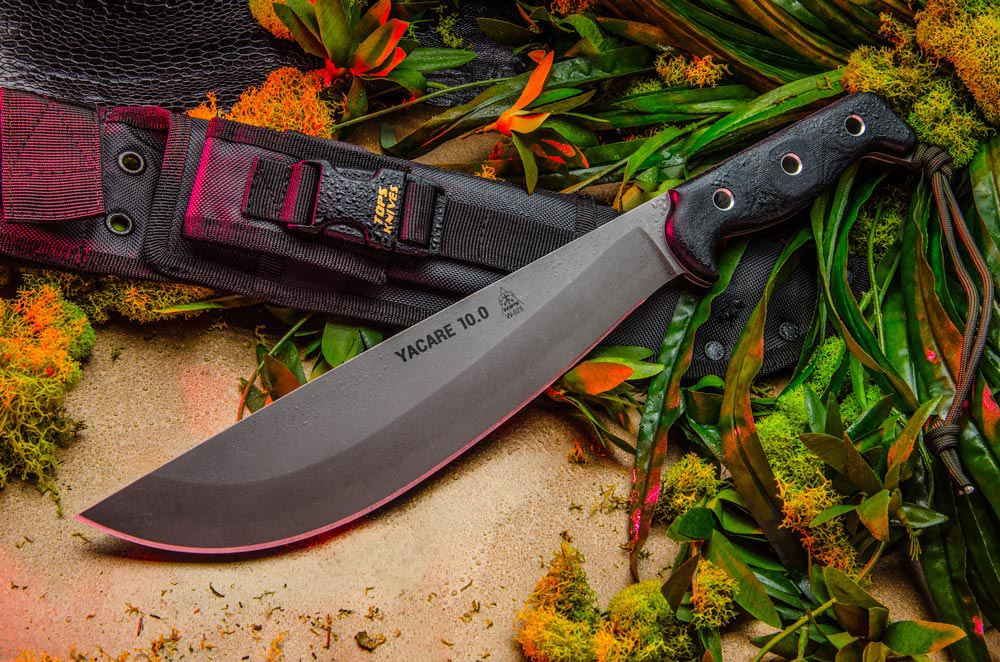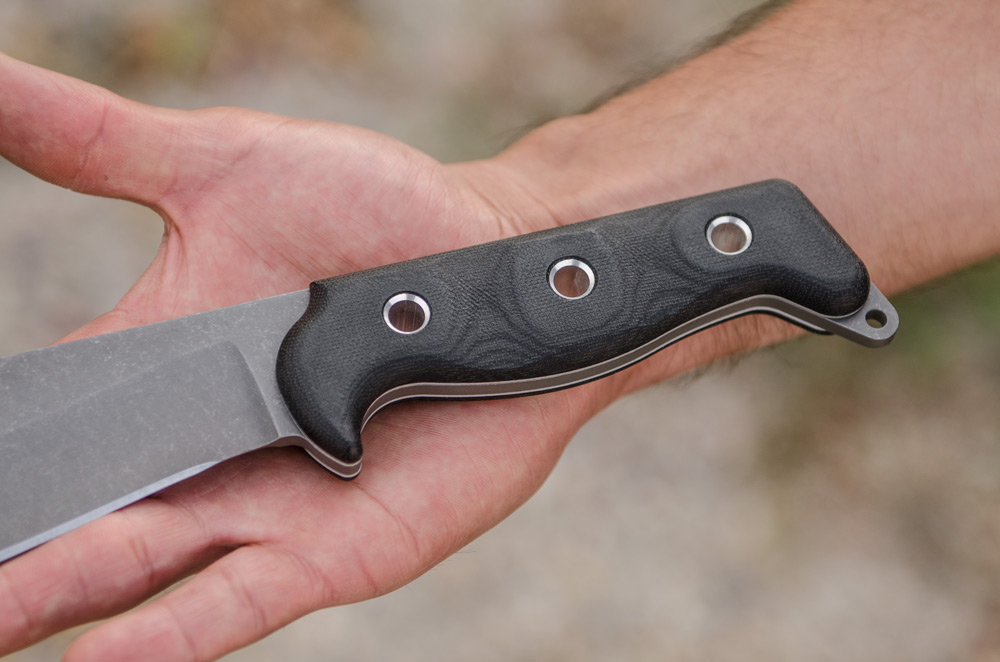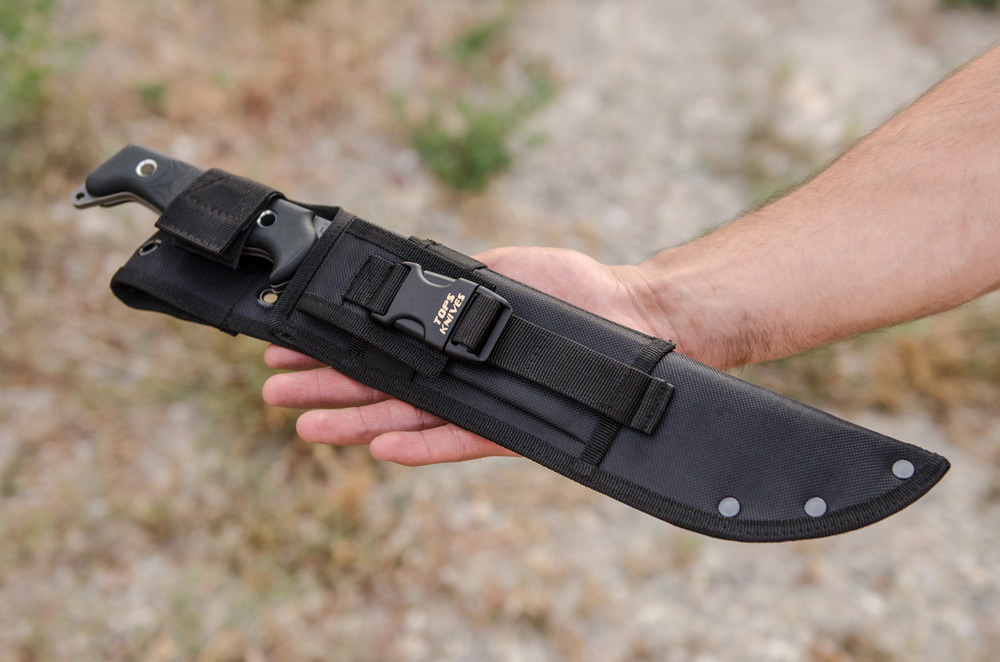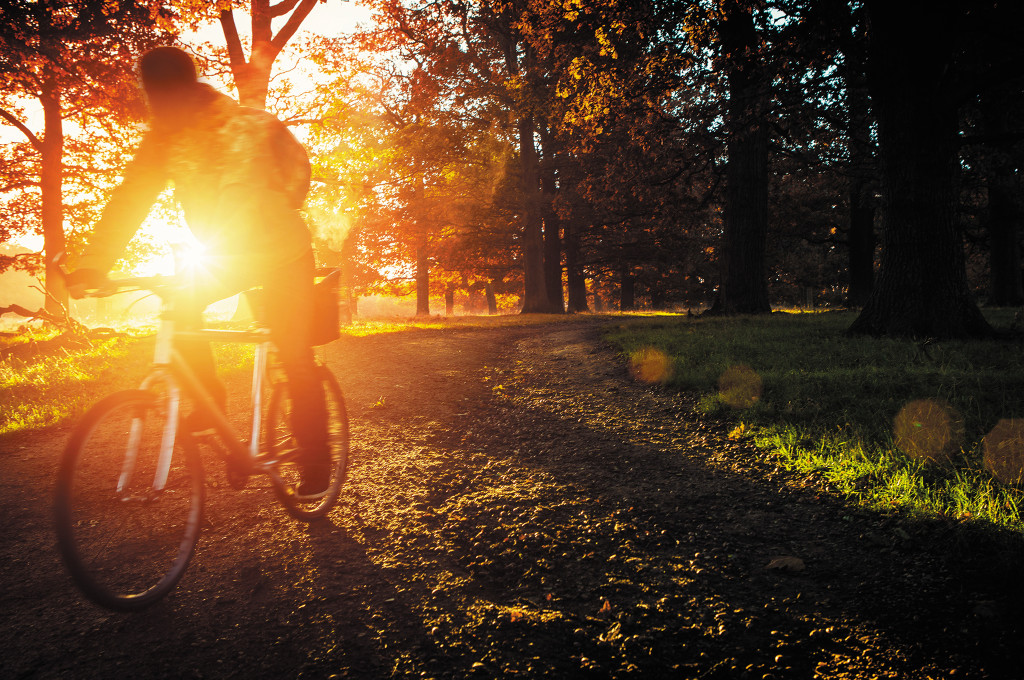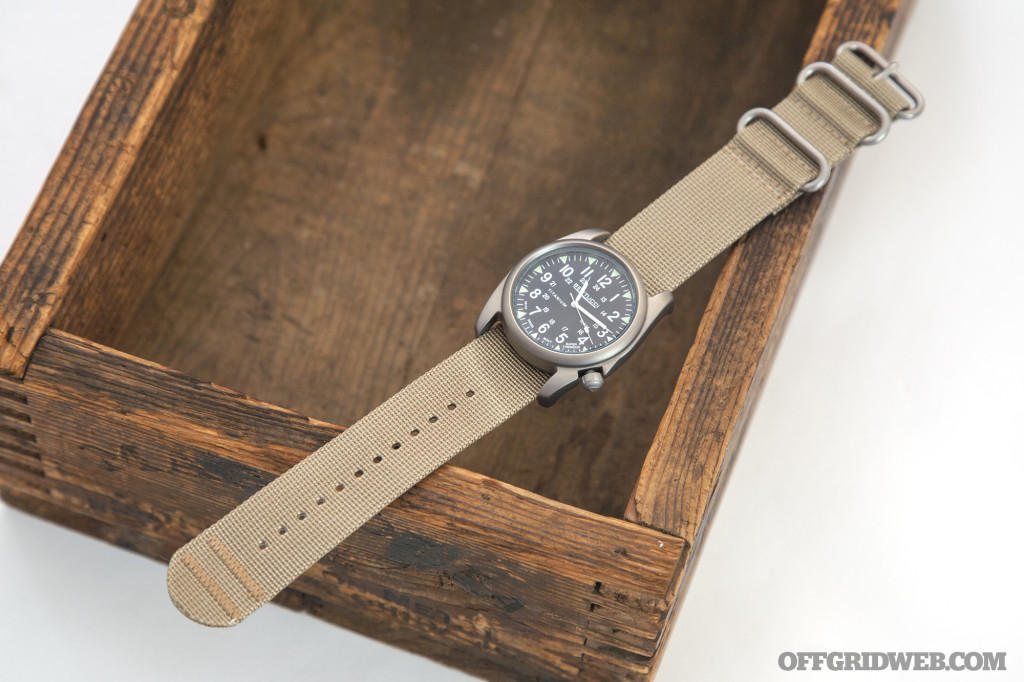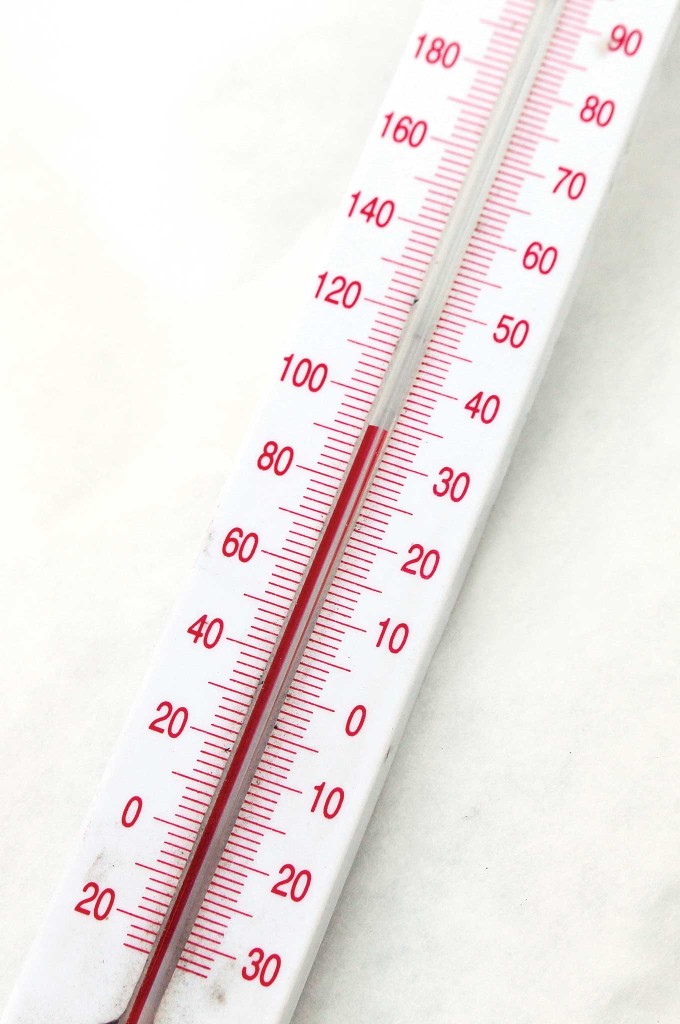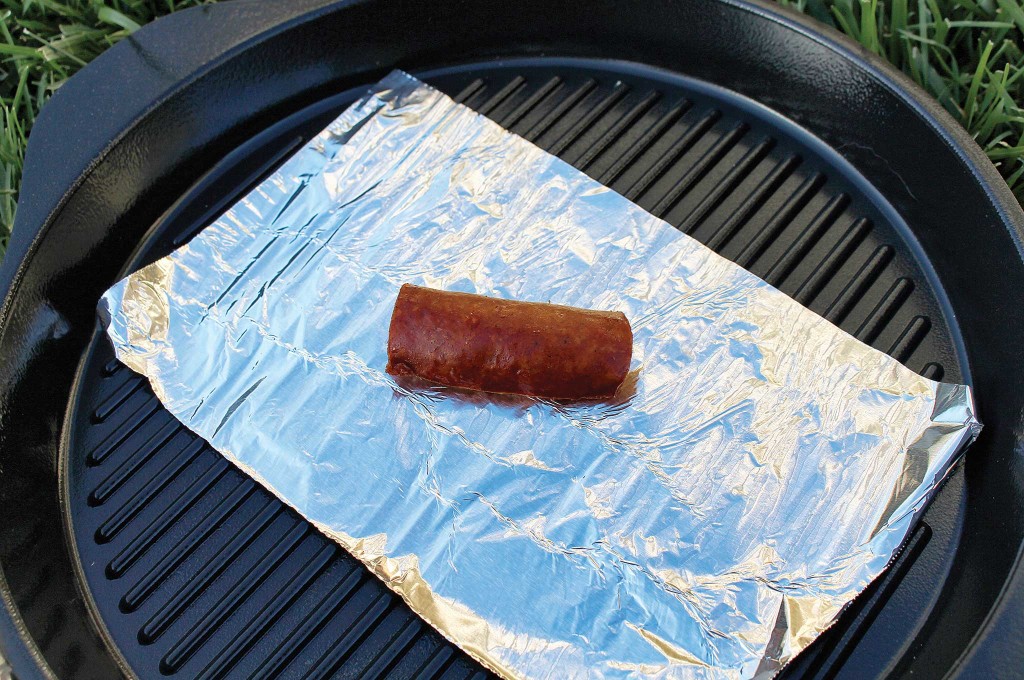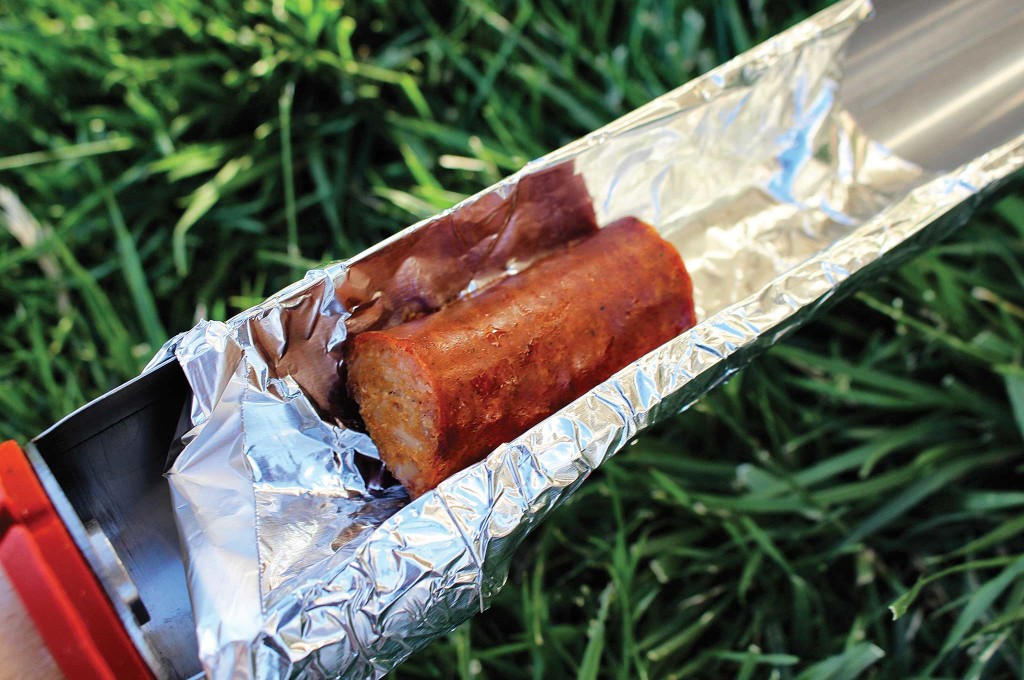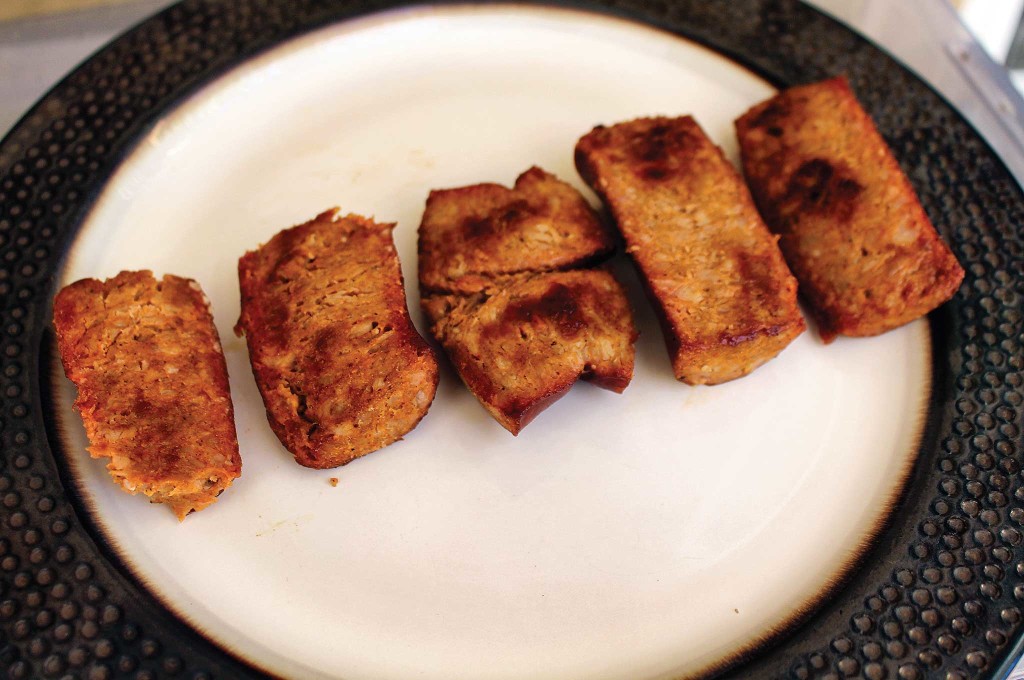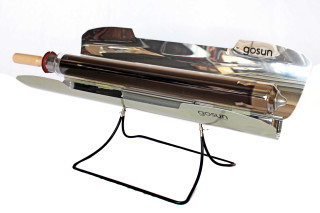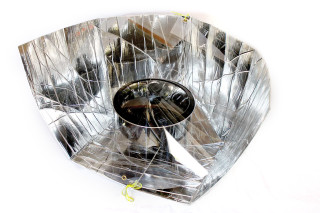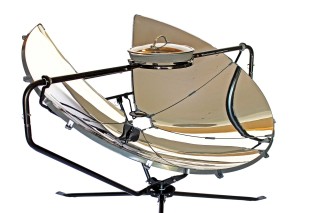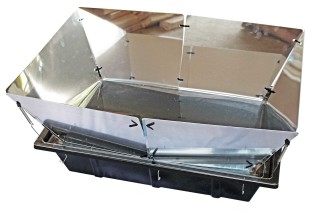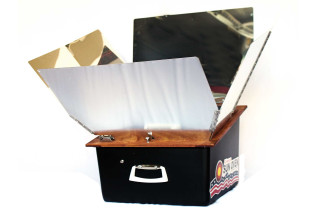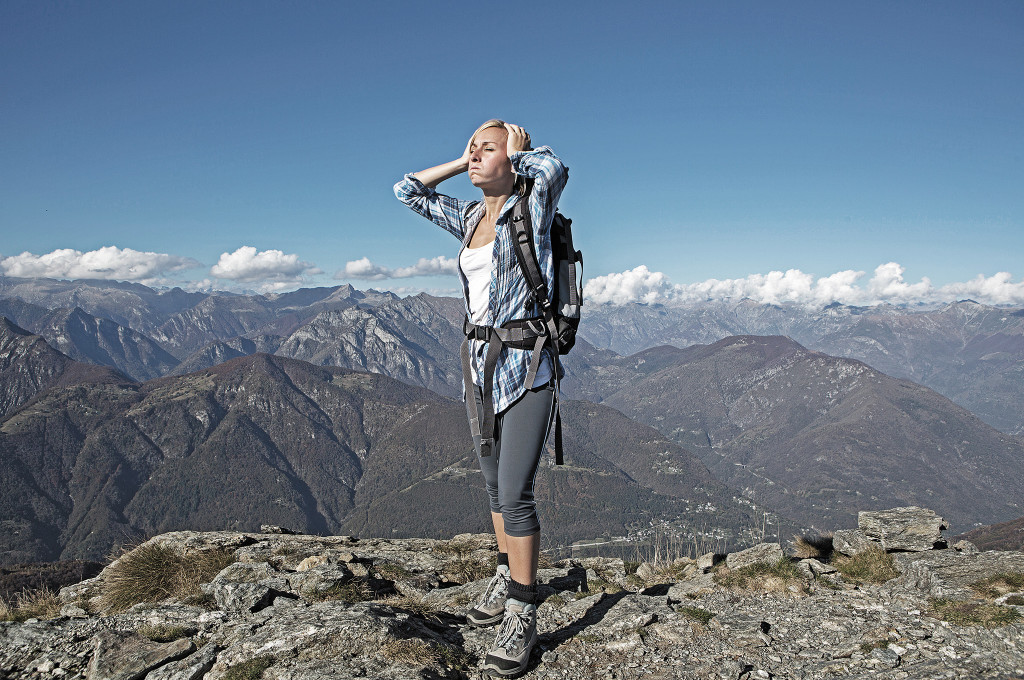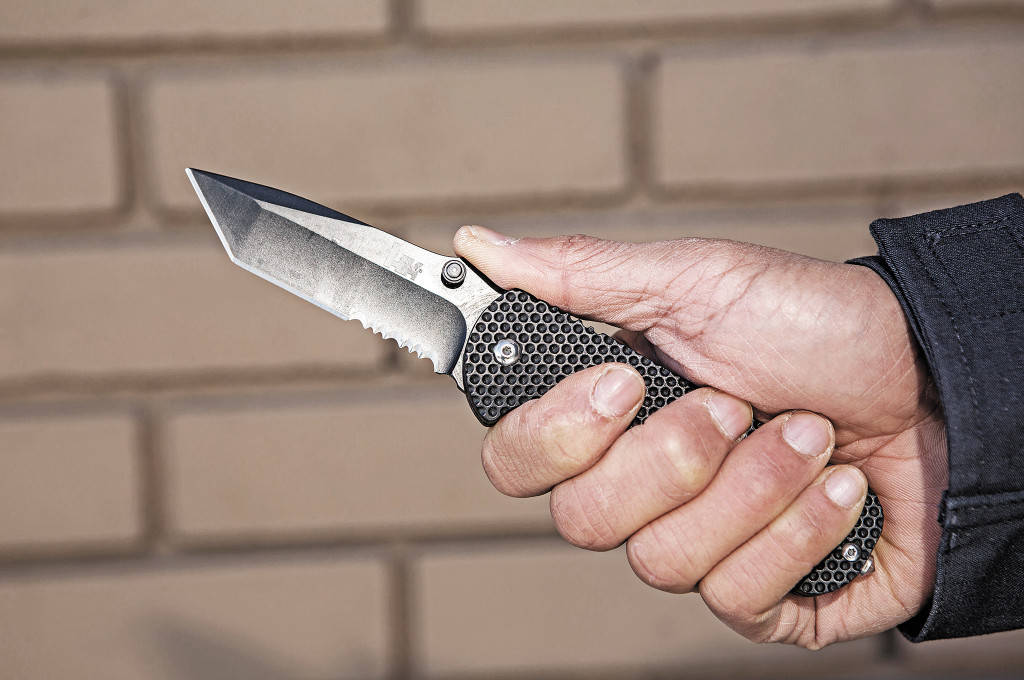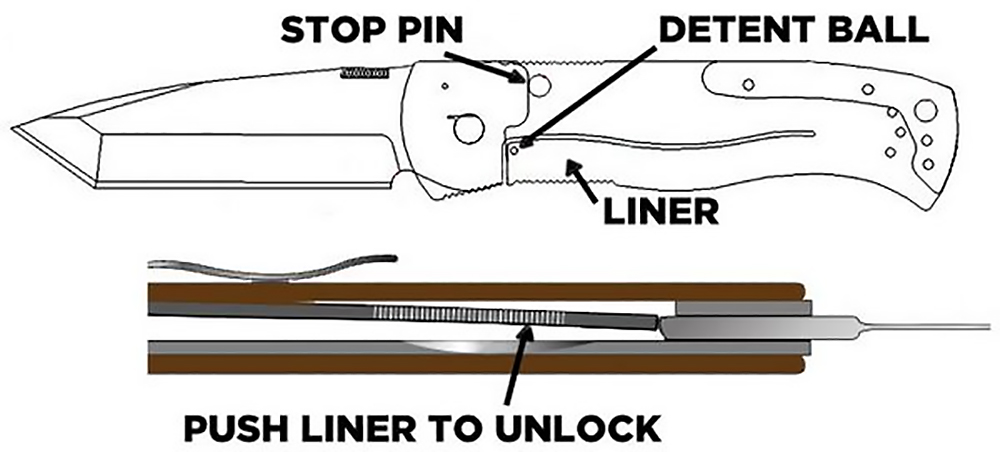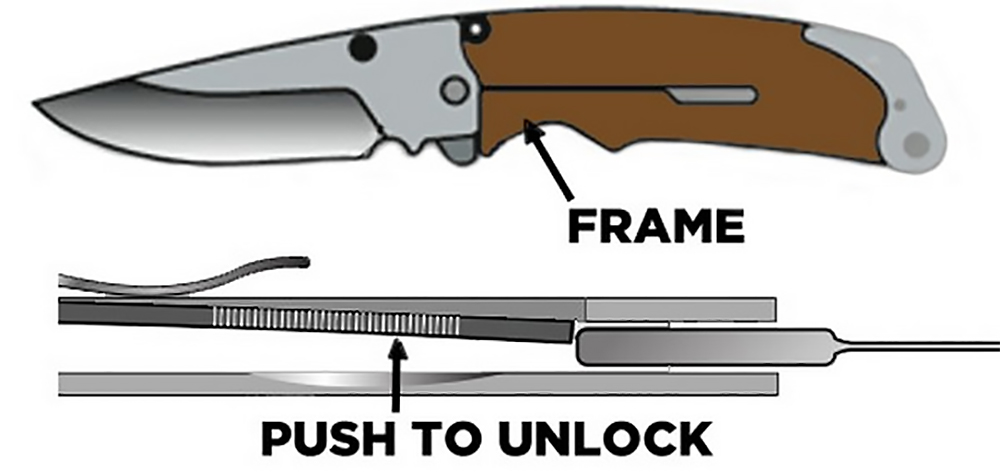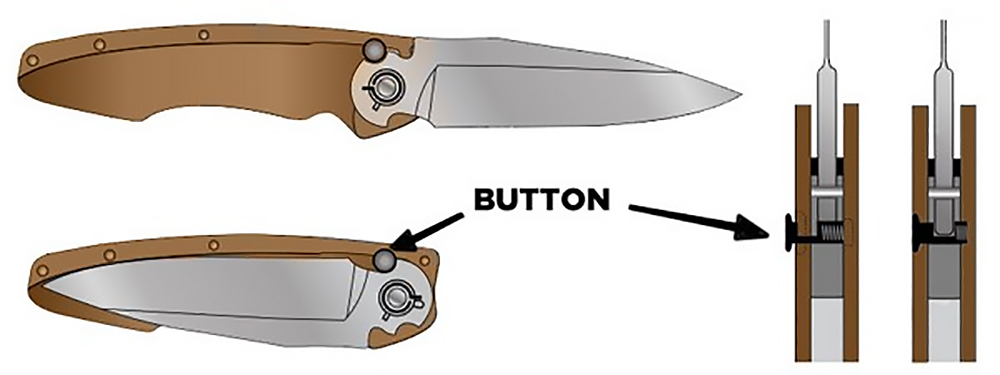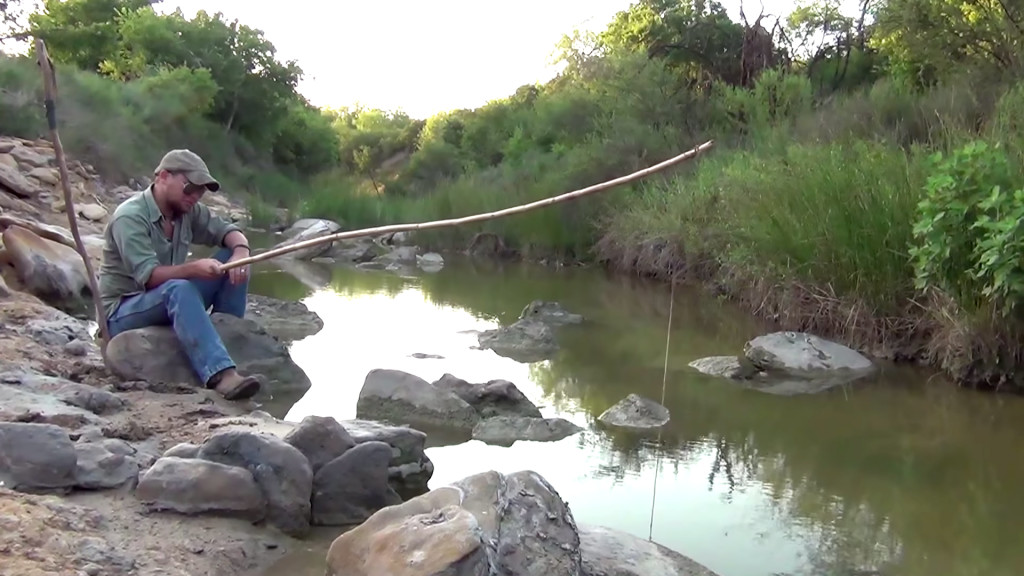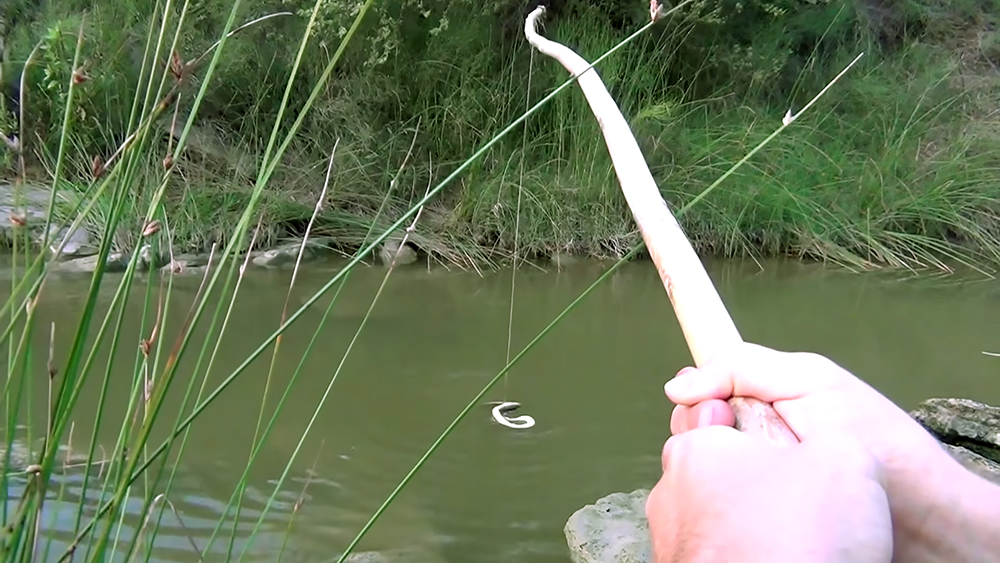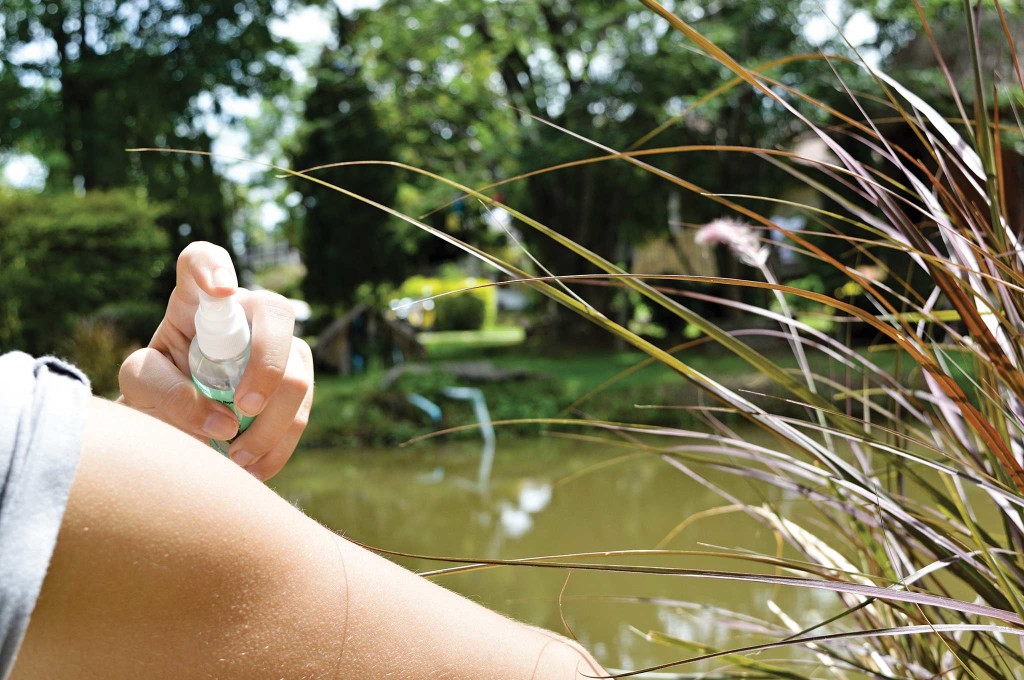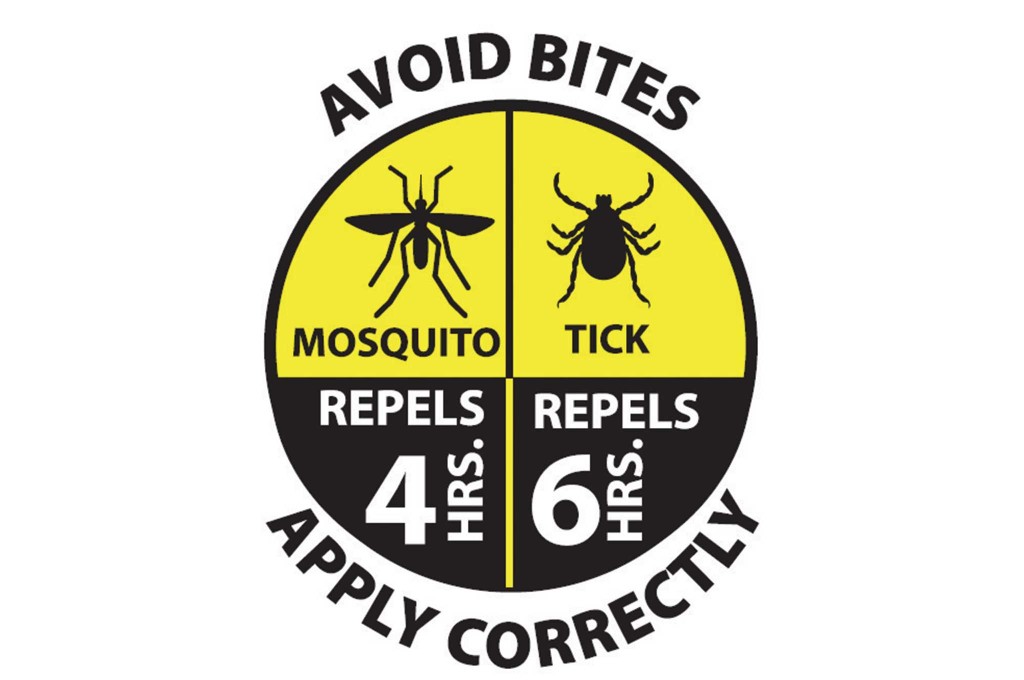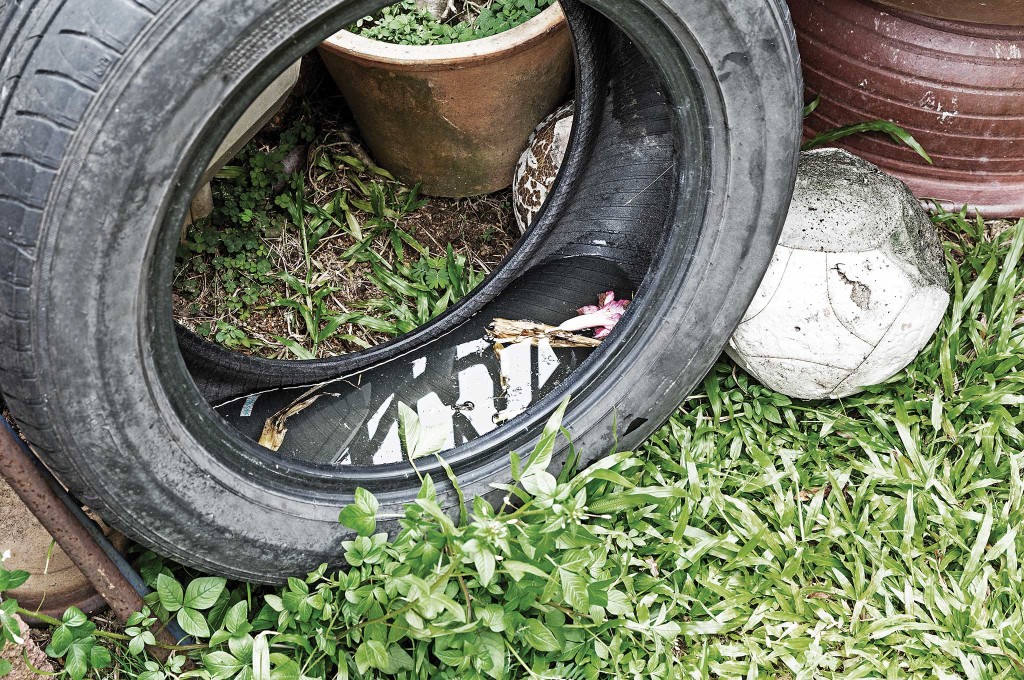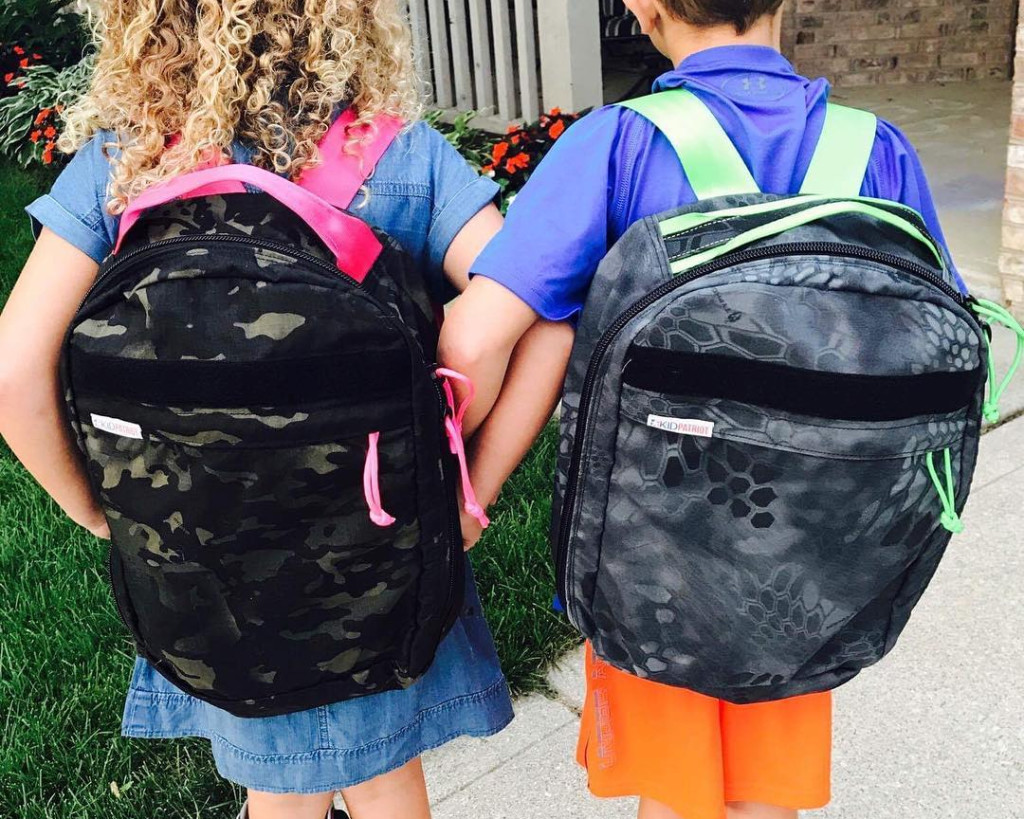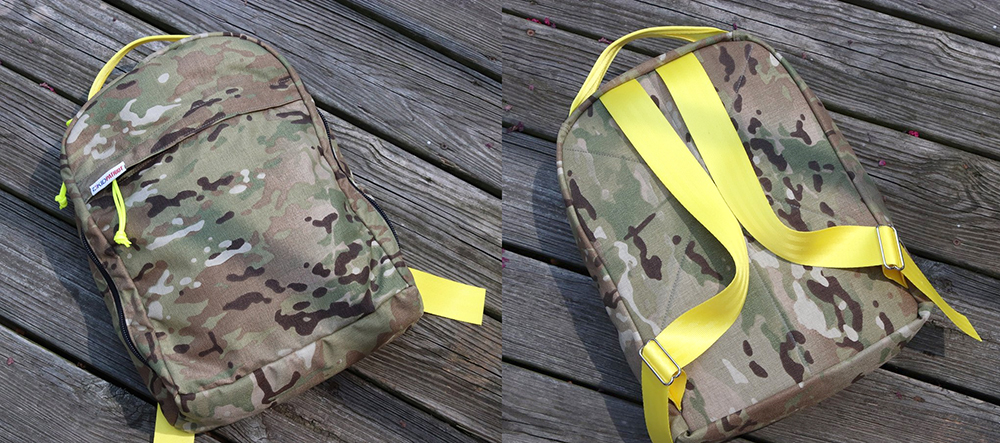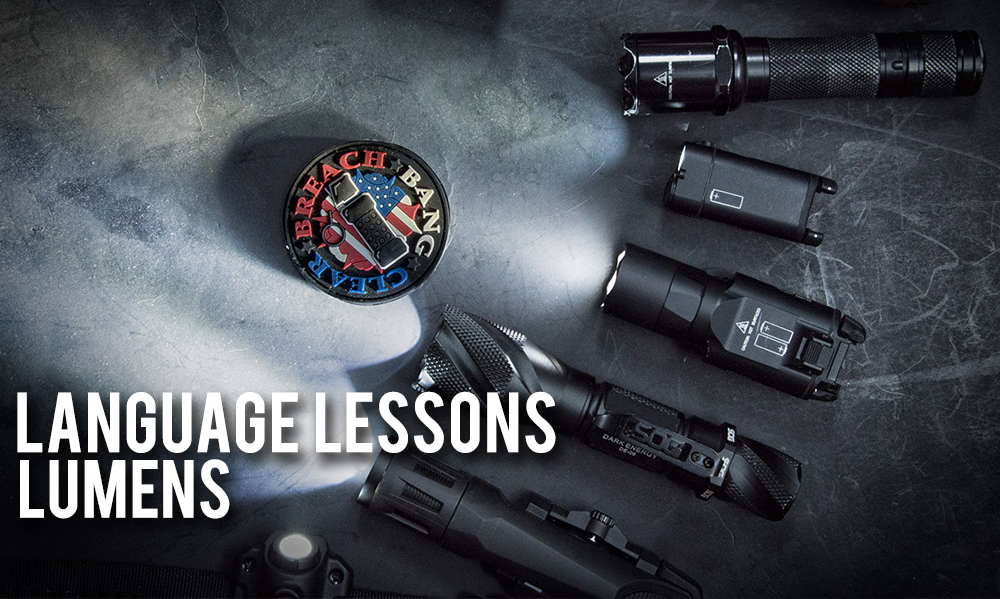In This Article
Additional Photo by Shinnosuke Tanaka
As a law-abiding citizen and a trained gun handler, I, like you, am obligated to carry wherever the law permits. It’s my duty to protect and serve. It’s my duty to protect myself and my loved ones — and to serve my community. And, at the end of the day, you are your own first responder.
But let’s suppose you’re not carrying when sh*t goes south. How do you survive a mass shooting? Whether it be an ISIS fanatic or a lunatic with too many prescription meds flowing through his bloodstream, what steps can we take to avoid becoming a victim?
I travel nearly every weekend to various states. My concealed carry permit gives me reciprocity in 36 states. But, when I’m in the Dark Blue States, I follow the law and don’t carry. And, I’m conscious of it wherever I travel. Your everyday Larry Lunchmeat and Joe Bag O’Doughnuts doesn’t think about safeguarding himself or his loved ones until he has to. Those of us who carry everywhere are way more cognizant than when we’re not. But we can’t carry in schools, banks, bars, courts, and airports. And we can’t count on the likes of a TSA agent to save the day when sh*t hits the fan.
There’s no simple serum solution to this quandary. One’s attitude, aptitude, desire, level of training, situational awareness, wits, and moxy may steer the scenario in different directions. We have to rely on our wits and default to our best level of training.
Move, Move, Move
A common denominator, however, is mobility. Hunkering down and praying not to die (or hoping to get lucky) aren’t viable options — unless dumb luck is your solution to survival. It’s easy for a nutcase to kill someone execution-style when your head is between your legs in the fetal position.
Sometimes, we have to put the analytical mind aside and allow the body to work as it has for millions of years. We must access the brain’s primal side. We’re human beings born with natural defense mechanisms. We must give the mind permission to allow these mechanisms to work automatically. We humans have been here a long time, and though we’re no longer hunting mammoths and dodging saber-toothed tigers, danger lurks around the corner.
Here’s a tip: Ditch the flip-flops. They’re for the beach or the backyard barbecue. You’re no good to yourself or your loved ones if you can’t run your ass off. Our primal survival instinct is mobility — and mobility equals survivability.
Scan and Plan
Many of us have relinquished our primal survival instincts, becoming fat, flaccid, gelatinous, button-pushers stuck in a 45-degree-syndrome world. And by that I mean head oriented 45 degrees at our smartphones. Too often I find myself on a people-mover at an airport or a shuttle bus heading to the rental car counter, and I’m literally the only one looking around. Everyone else is completely oblivious to his or her surroundings. So, too often, I say to myself, “Well, looks like I’m in charge of security.”
For those of us with our wits about us, try to see things in full spectrum. Perform a focal shift in your everyday life.
Look around. Slow down before you enter a building or other venue and observe the people in your proximity. Examine what’s close to you, and then continue your scan further. Perform a “5 and 25” — scan 5 meters around you then out to 25 meters. It’s OK; you were born to do this. It only takes a second.
A successful assault happens with surprise, speed, and violence of action. We can mitigate the surprise by tuning in and being situationally aware. Look for any demeanor that’s out of whack. If you take the element of surprise away from a would-be attacker, perhaps he may fear reprisal and forgo the attack.
Whether I’m armed or unarmed and enter a venue, I do the same thing. I consider it a possible crisis site. First, I get a pretty good lay of the land. Exits, avenues of approach, choke points, intersections, safe areas, alternate routes, and lines of drift are all stored in the data bank. I give people a once over and look for potential assets and liabilities. I visualize chaos. I picture complete bedlam with everyone running for the same exit.
Often, people don’t plan to fail, but they do fail to plan, so this process of visualization becomes a crucial step in disaster preparation. We must mentally prepare ourselves to exit without hesitation, if exiting is the safest recourse — even if it means throwing a table or chair through a window, which may be your best option. When pandemonium strikes, there’s no time for analysis. Through analysis comes paralysis — hence the importance of preparation.
Pay attention, look around, and always have a plan in mind.
Agent in Charge
If you’re with your kids, ditching the scene of chaos is non-negotiable. You’re the agent-in-charge of your own personal protection detail, and those kids are your principals. Steer them in the right direction, and give short, clear, concise commands.
When I’m with my kids, I make sure they know where we’re parked in reference to the inside of the venue, whether it’s the mall or the state fair. I make periodical en route checkpoints with them and make sure that they’re oriented to exits. I ensure they know which one gets us to our vehicle the quickest. I don’t need my kids to become liabilities if things go to pot.
If gunshots ring out or an explosion shakes the ground, running along with the rest of the “sheeple” may not be the best course of action. Don’t be victimized by an ocean of people who have their heads up their asses. Lines of drift and likely avenues of approach may be part of a plan with a well-organized adversary. The bad guy may use a ruse or diversion to send the herd in a desired direction. Exercise your OODA (observe, orient, decide, and act) loop and come up with a quick plan of egress.
Sometimes, flanking or egressing at an oblique increases your survivability. Run until you’ve made it past effective small-arms range or have some good cover. Then take a second to assess the situation and to readjust your plan.
If you feel barricading yourself in a safe room is your only option, tie the door shut or wedge the handle. Don’t just put something heavy in front of the door that can be pushed out of the way. Keep quiet and stay out of the line of fire. Look for a corner, but don’t put too much separation between you and the door. That way, if the adversary breaches your barricade, you can quickly close the gap and tie him up rather than giving him a clean shot at you from across the room.
Be an Asset, Not a Liability
Everyday schmucks with their eyeballs glued to their smartphones are myopic in more ways than one. They couldn’t spot a psycho with a shotgun if it were hanging a foot below his trench jacket. So it’s our job to protect and serve — however, priority goes to self and loved ones.
I know that I’ll look for an opportunity to go full Batman on a POS who disrupts my day. I can run like a scalded ape. I can differentiate between calibers of guns, have a pretty good idea on round count, and will look for a lull in the fight. At which time, I’ll close the gap with a flanking assault.
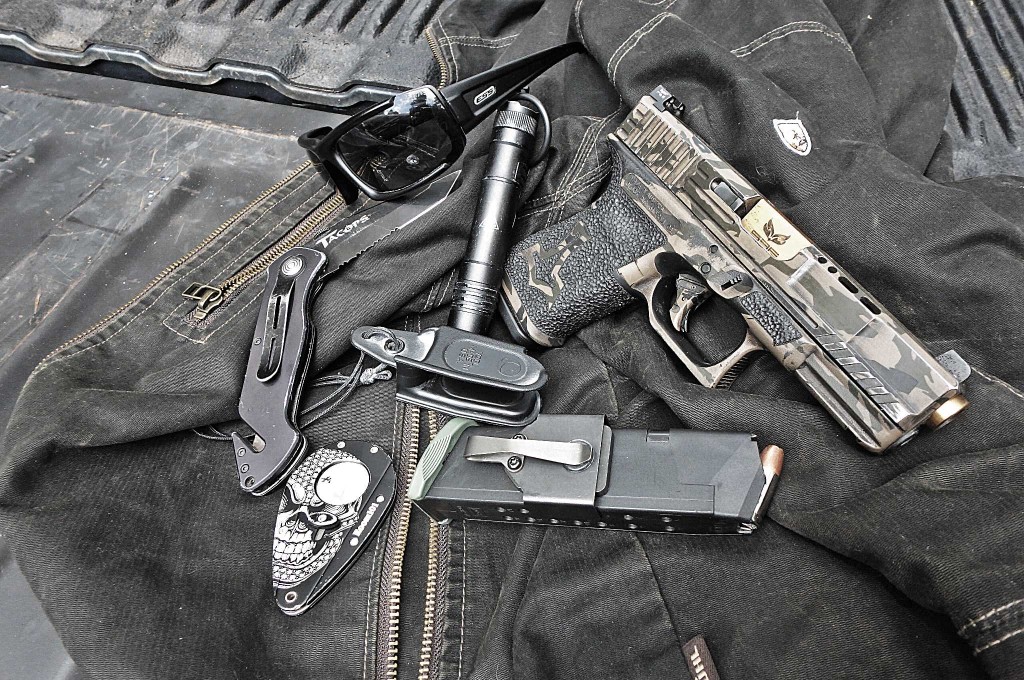
On-Body EDC: The author’s everyday carry ensures he’s always ready: SSVI Glock 19 with a Raven VanGuard...
For me, carrying is habitual, and my EDC (everyday carry) is more than just a wallet and smartphone. I appendix carry an SSVI Glock 19 in a Raven VanGuard holster, along with an extra magazine with a NeoMag clip in my back pocket. The mags are loaded with 127-grain +P hollow-point rounds. I also carry a Streamlight flashlight with an O-ring attached to it for easier employment. My knife is a simple TacOps lock blade with a hook blade and window breaker. And the cigar cutter is for, well, just cutting cigars.
Additionally, I have an assault package in the trunk of my car, which includes a 16-inch AR. I have two bags. One I call a “Hey, I’m coming to get you” bag. The other I call the “I’m coming to get some!” bag. Inside the “I’m coming to get you” bag is basic survival gear in the event I have to assist in rescuing someone. The “I’m coming to get some!” bag is an over-the-shoulder bag with 10 30-round magazines. It also has water, oil, eye protection, hearing protection, grease pencils, and Sharpies.
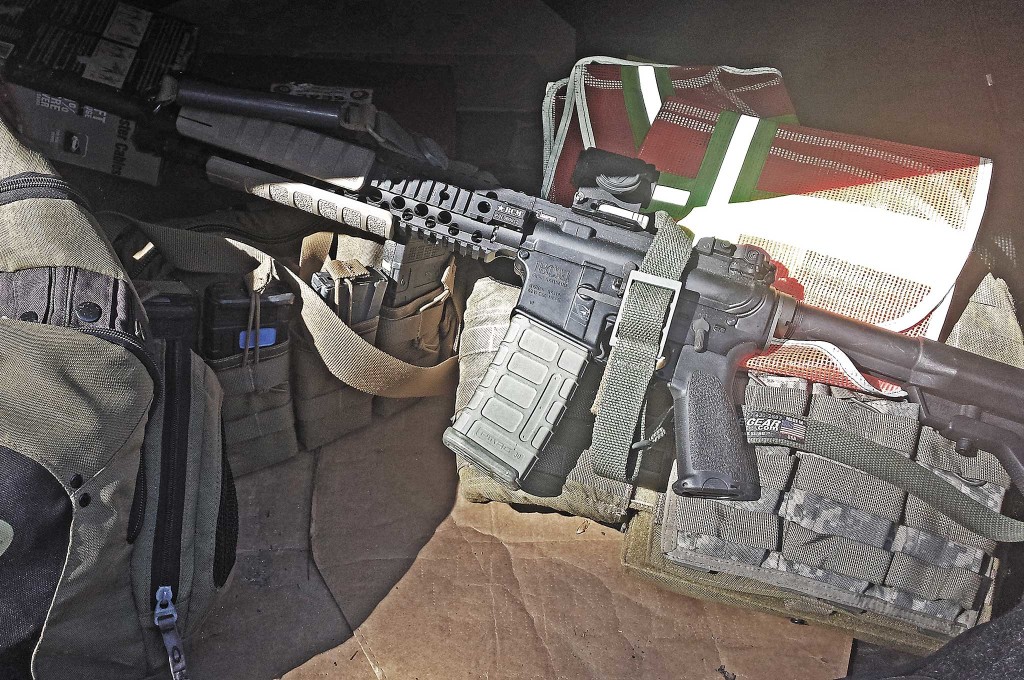
Off-body EDC: Everyday carry doesn’t have to be limited to what you can clip to your belt. The author always...
Lastly, I have a huge bright orange safety vest that has a “Security” label on it. This is worn over everything, and is intended to give momentary pause to a rookie cop or another good guy when they see me. Yes, this is legal in my state.
It’s our duty and responsibility to protect and serve. If you’re a competent and trained gun handler, you should be carrying wherever the law permits — but never go outside the parameters of the law. And don’t be a nugget. Just because your state allows open carry doesn’t mean you should. That’s some amateur hour bullsh*t.
And remember, just because you have a gun doesn’t mean that you’re armed. Take proper classes, get proper training, and be an asset to your community rather than a liability. There’s more than enough of those already.
About the Author
Pat (Mac) McNamara has 22 years of special-operations experience, 13 of which were in the U.S. Army’s 1st SFOD-D (Delta). He has extensive experience in hostile fire/combat zones in the Middle East and Eastern Europe. He trains individuals in basic and advanced levels of marksmanship and combat tactics. He retired from the Army’s premier hostage-rescue unit as a sergeant major and is the author of T.A.P.S. (Tactical Application of Practical Shooting) and Sentinel.
www.tmacsinc.com
More From Issue 18
Don’t miss essential survival insights—sign up for Recoil Offgrid’s free newsletter today!
- Cold War Combatants: Essential Preps for Winter Driving
- The Hills Have Eyes: Tips for Camping Safely Near Dangerous Game
- Improv Skills: Using 5 Common EDC Tools as Improvised Weapons
- The SALT Method: Triage and Treatment for Mass-Casualty Incidents
- What If You’re Trapped in a Mass Shooting?
- Fire at Will: Fire-Starter Buyer’s Guide
- Covering Your Assets: Legal & Financial Prepping
- How to Survive a Mass Shooting While Unarmed
Read articles from the next issue of Recoil Offgrid: Issue 19
Read articles from the previous issue of Recoil Offgrid: Issue 17
Check out our other publications on the web: Recoil | Gun Digest | Blade | RecoilTV | RECOILtv (YouTube)
Editor’s Note: This article has been modified from its original version for the web.




